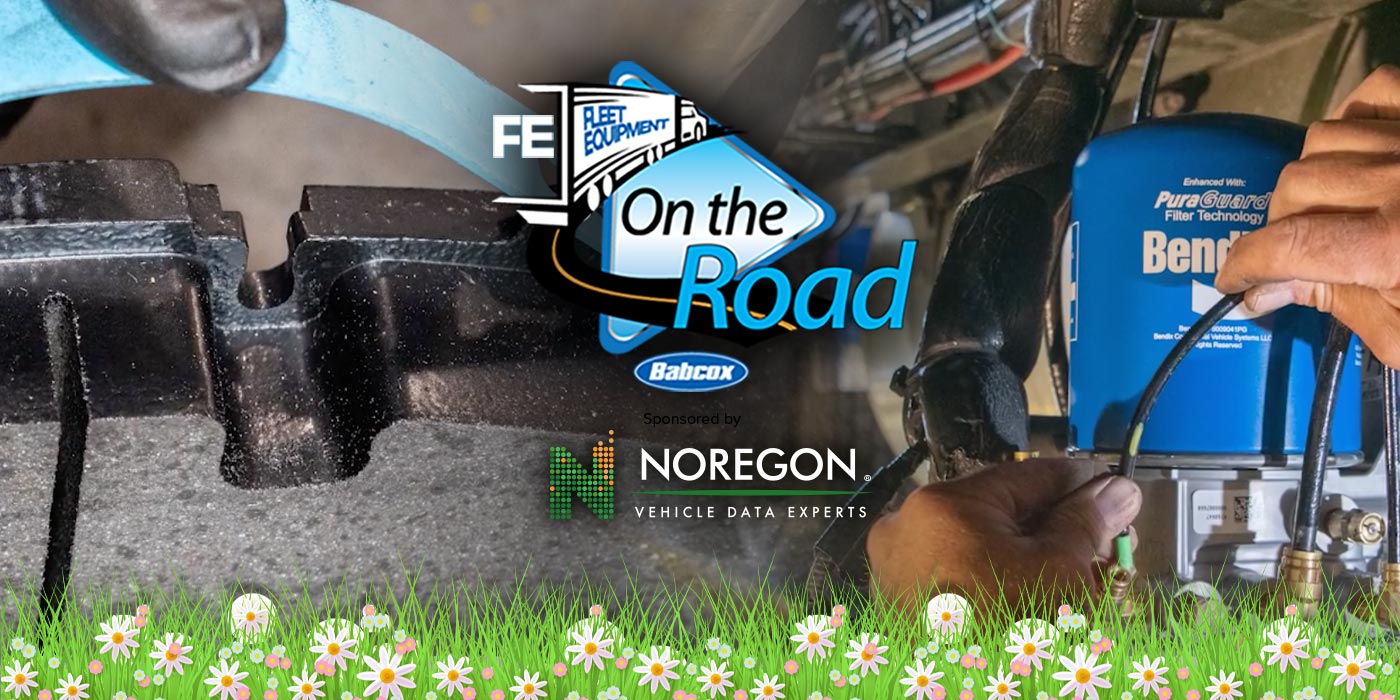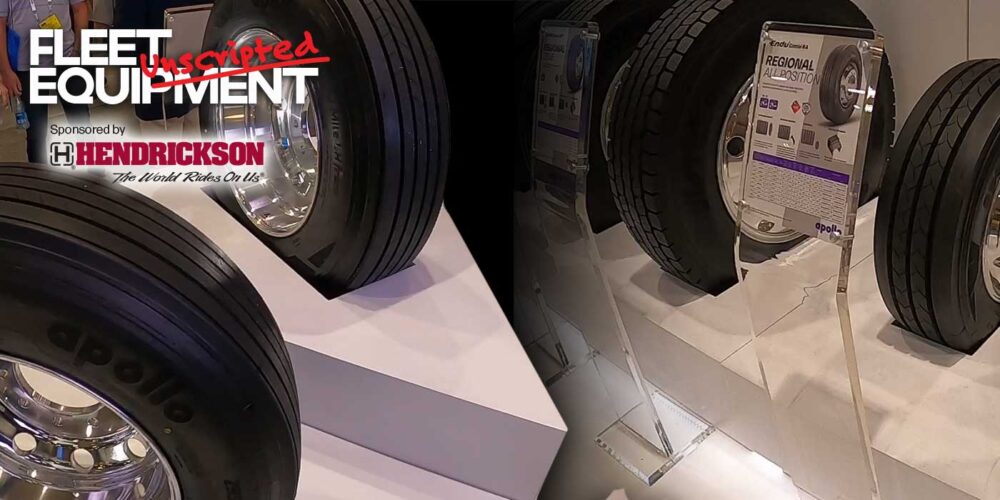Getting to the core of a truck service problem as quickly and accurately as possible is key to reducing dwell time for the fleet and boosting truck shop throughput, but it’s easier said than done. We’ve all had those comebacks show up and it’s never a good sight. So let’s think back to the last episode where we talked about remote diagnostics and focus on the fault codes that are being reported.
Granted, there’s a lot of data coming at you day-to-day. So start with your service issue pain points. Are your tire costs higher this year than last? Are you going through too many brake pads? Are you going to lose your mind if one more truck with an aftertreatment issue rolls into your shop? Narrowing your focus will help you isolate the data points that you’d want to tie into your service management platform.
The data points you consider should be related to the service issue you’re hoping to solve, but expect there to still be unknowns when first faced with the information. Today’s analytics systems are evolving to the point where they will be able to correlate driving behavior such as braking habits with brake pad usage or other service problems.
Fleet Equipment’s Data Center is sponsored by Noregon. Subscribe to our newsletter to catch every episode as we’ll be diving into use cases, talking with the data pros and making data usage approachable.













